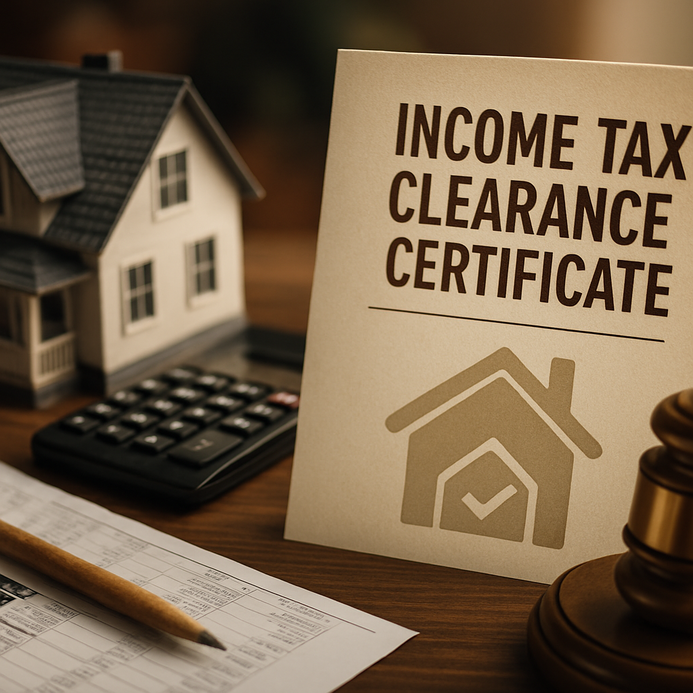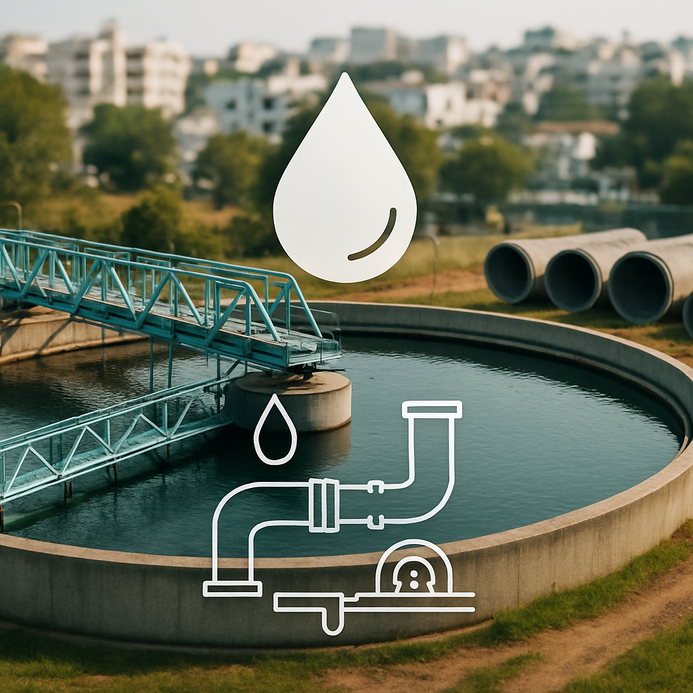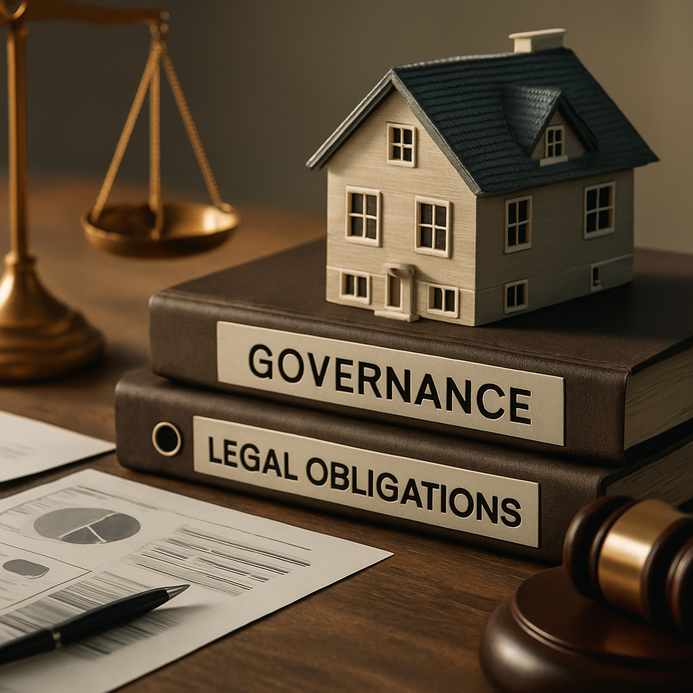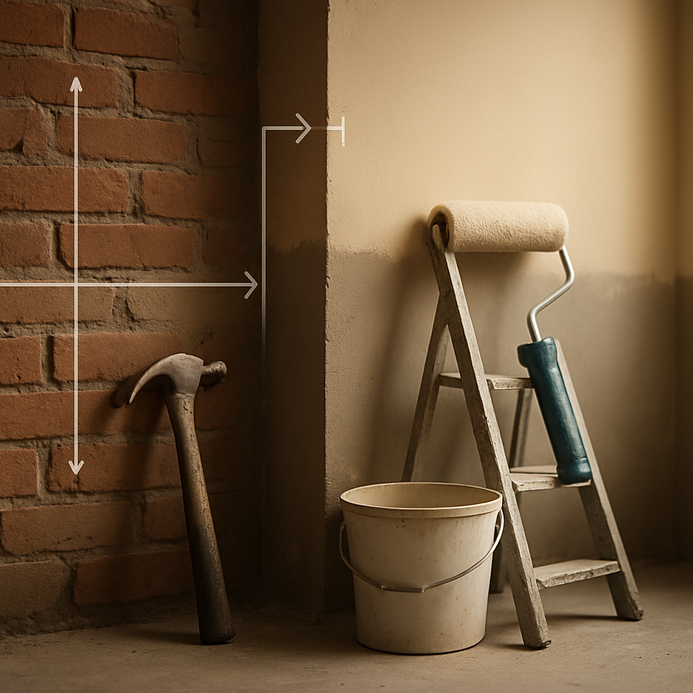The Ultimate Guide To Property Insurance For Home Loan
Understanding Property Insurance: An Overview
Property insurance – essential. It’s your safety net for that big real estate investment of yours. This kind of insurance safeguards you from all sorts of mishaps – fire, floods, theft, you name it. But, the catch? You gotta know the ins and outs of your policy.
Key Terms in Property Insurance
1. Coverage: Think of it like layers of protection. You’ve got dwelling coverage, personal property coverage, liability coverage, and then there’s additional living expenses. These are your financial shields, allowing you to handle damages without draining your wallet.
2. Premium: This is your monthly or yearly fee for peace of mind. It’s based on tons of factors, where you live, how much your property’s worth, the kind of coverage you’re after.
3. Deductible: This is what you pay out-of-pocket before your insurance starts to kick in. Bigger deductible, smaller premium, but be careful, you don’t want to end up paying more than you can handle.
4. Exclusions: Every policy has some sneaky things it doesn’t cover. Like floods or earthquakes, unless you’ve got an extra policy for those. Always read the fine print!
5. Liability Protection: A must-have if someone gets hurt on your property. It helps cover legal fees and any judgments against you.
Here’s a handy summary of common property insurance types and what they cover:
| Type of Insurance | Coverage Areas |
|---|---|
| Homeowners Insurance | Dwelling, personal property, liability |
| Renter’s Insurance | Personal property, liability but no dwelling coverage |
| Condo Insurance | Dwelling, personal property, liability, usually limited |
| Landlord Insurance | Property, liability, loss of rent |
Understanding these bits makes navigating your insurance needs way easier, especially when juggling a home loan. Most mortgage lenders want proof of insurance before they’ll lend you a dime. If you’re curious about why property insurance is a must, dive into this quick read on home insurance necessity.
Need tips on keeping premiums in check? Look at how to re-shop for the best coverage. The risks of going without insurance? Yep, it’s critical to understand—check out this overview: the risky economics of living without insurance.
And if you’re curious about related topics, read up on reading your monthly maintenance bill or a homeowner’s guide to MEP drawings.
Types of Property Insurance: What You Need to Know
So, you’re looking at securing property insurance for a home loan. What types are out there? Let’s break it down:
1. Homeowners Insurance: This is pretty much the standard. It protects your place and stuff against issues like fire, theft, and vandalism. Lenders usually insist on this when you’re getting a mortgage because they need to protect their investment.
2. Renters Insurance: Renting? This is for you. It covers your personal belongings if they get damaged or stolen. Just remember, it doesn’t safeguard the building—that’s the landlord’s job.
3. Landlord Insurance: If you’re in the business of renting out a property, landlord insurance is key. It covers damage to the building and can help with lost rental income.
4. Property and Casualty Insurance: A catch-all that combines many coverage types, like auto and property. You can mix and match based on your needs, making it super flexible.
Coverage Needs Based on Property Type
| Property Type | Required Coverage |
|---|---|
| Single-family homes | Homeowners Insurance |
| Rental properties | Landlord Insurance |
| Condos | Condo Insurance |
| Renters | Renters Insurance |
Most of the time, homeowners insurance is a must for mortgage qualification. Other types might not be required, but they can save you a ton in the long run. Want a deeper dive? Check out Kiplinger’s insights on whether you need home insurance here.
Curious about what happens if you skip homeowners insurance? This Reuters article has got you covered.
For more on property investment and insurance needs, peruse articles like “What Is Renters’ Insurance and What Does It Cover?” or “Buying Home Insurance for the First Time.” Knowledge is power when it comes to safeguarding your home.
The Importance of Coverage for Home Loans
Alright, so here’s the truth: when you’re taking out a home loan, property insurance isn’t optional, it’s often a requirement. Lenders want their investment protected. They want assurance that, if something happens, the property is covered. We’re talking about damage from fire, theft, or natural disasters.
Now, if your property insurance isn’t enough? Oof. You could find yourself shelling out big bucks for repairs that go beyond your policy limits. A staggering 60% of homeowners lack coverage that fully protects their homes’ replacement costs, leaving both homeowners and lenders in a tight spot if disaster hits.
| Coverage Type | Description | % Homeowners with Insurance |
|---|---|---|
| Dwelling Coverage | Protects the structure of your home | 95% |
| Personal Property Coverage | Covers personal belongings inside the house | 88% |
| Liability Protection | Safeguards against injuries on your property | 80% |
Choosing the right coverage can depend on a bunch of factors, location, home value, personal needs. For instance, if you’re in a flood zone, you might want additional flood insurance. Always chat with insurance providers to get the best coverage for both your loan requirements and your own peace of mind.
And remember keep up with your policy. If you renovate or buy new stuff, your needs might change. Don’t let these updates slide; otherwise, you could end up underinsured.
Want more on homeowners insurance? Check out these resources: [Source: US News], [Source: Bankrate], and [Source: The Motley Fool].
For even more insights on topics like saving taxes on rental income or discovering the impact of location when choosing a home, keep exploring.
How to Assess Your Insurance Needs
Assessing your insurance needs is crucial, it’s about keeping your investment safe. Knowing the risks related to homeownership helps in figuring out how much coverage you actually need.
1. Evaluate Your Property Value
Start with the current market value. What’s it worth today, including renovations? Use the table below for a solid estimation of insurance based on home value.
| Property Value Range | Estimated Insurance Coverage Recommended |
|---|---|
| $100,000 – $200,000 | $100,000 – $150,000 |
| $200,001 – $400,000 | $150,000 – $300,000 |
| $400,001 and above | $300,000 and up |
2. Assess Local Risks
What kind of natural disasters does your area usually face? Floods? Earthquakes? These risks might need you to grab additional coverage or specialized policies. Knowing your neighborhood’s risk profile is key to tailoring your coverage.
3. Review Lender Requirements
Taking out a home loan? Be sure you know what your lender requires. They usually mandate property insurance to protect their investment. For detailed info, check out articles like Kiplinger on Home Insurance Requirements or U.S. News on Homeowners Insurance.
4. Consider Replacement Costs
How much would it actually cost to rebuild your home if the worst happened? Don’t just go with the market value; aim for the replacement costs to ensure total protection.
5. Account for Personal Belongings
List out your personal items and their estimated value. This helps you decide how much coverage you’ll need for personal property. You can explore resources like Bankrate’s Guide on Insurance for more.
6. Regularly Review Insurance Needs
Things change, you know? Property value, local regulations, renovations, these can all alter your insurance needs. Make it a point to assess your coverage at least once a year.
By stepping through these steps, you’ll get a better grip on the insurance you need to keep your home investment secure. For deeper insights, check out articles like improving your CIBIL score for a home loan and documents needed for selling property.
Filing a claim can be intimidating, but it doesn’t have to be! When disaster strikes, quick action is the name of the game. Just follow these pointers for a smoother claims experience:
1. Immediate Response: Call your insurance provider right away after damage happens. Snap pics or shoot videos to detail the damage. Documentation is key!
2. Claim Submission: Fill out the claim form accurately—don’t leave anything out. Submit it as soon as you can! Some insurers let you submit online, which speeds things up.
3. Adjuster’s Visit: An adjuster will come to check the damage. Be ready to answer their questions and provide any extra details they need.
4. Claim Decision: Once the adjuster evaluates everything, your insurer will decide if the loss is covered and inform you about the payout. This can take a few weeks, but timelines vary.
5. Payment and Resolution: If approved, you’ll get a payment based on the claim evaluation. Know the next steps for repairs and keep all those receipts handy for your records.
| Step | Details |
|---|---|
| Immediate Response | Contact insurer, document damage |
| Claim Submission | Complete and submit forms |
| Adjuster’s Visit | An adjuster assesses damage |
| Claim Decision | Insurer evaluates and communicates their decision |
| Payment and Resolution | Payment processed; retain receipts for records |
Getting the hang of property insurance for home loans protects you and your lender. Most lenders need proof of insurance to safeguard what they’re lending you. If you skip coverage, financing or selling your place can become a real headache. Want to dig into legal requirements? Check out these resources: [Source: US News], [Source: Bankrate], and [Source: Rocket Mortgage].
For related topics, explore articles on conveyance deeds, home selling documents, or maintenance bill breakdowns.
FAQ
- What is property insurance? Property insurance is a type of coverage that protects you against damages to your real estate investment, including your home and belongings.
- Why do I need property insurance for a home loan? Lenders typically require proof of insurance to protect their investment in case of damage to the property.
- What types of property insurance are available? Common types include homeowners insurance, renters insurance, landlord insurance, and condo insurance.
- What should I consider when assessing my insurance needs? Evaluate your property value, local risks, lender requirements, replacement costs, and personal belongings to determine appropriate coverage.
- What is the claims process for property insurance? The process involves immediate response to damage, claim submission, adjuster assessment, claim decision, and final payment.













